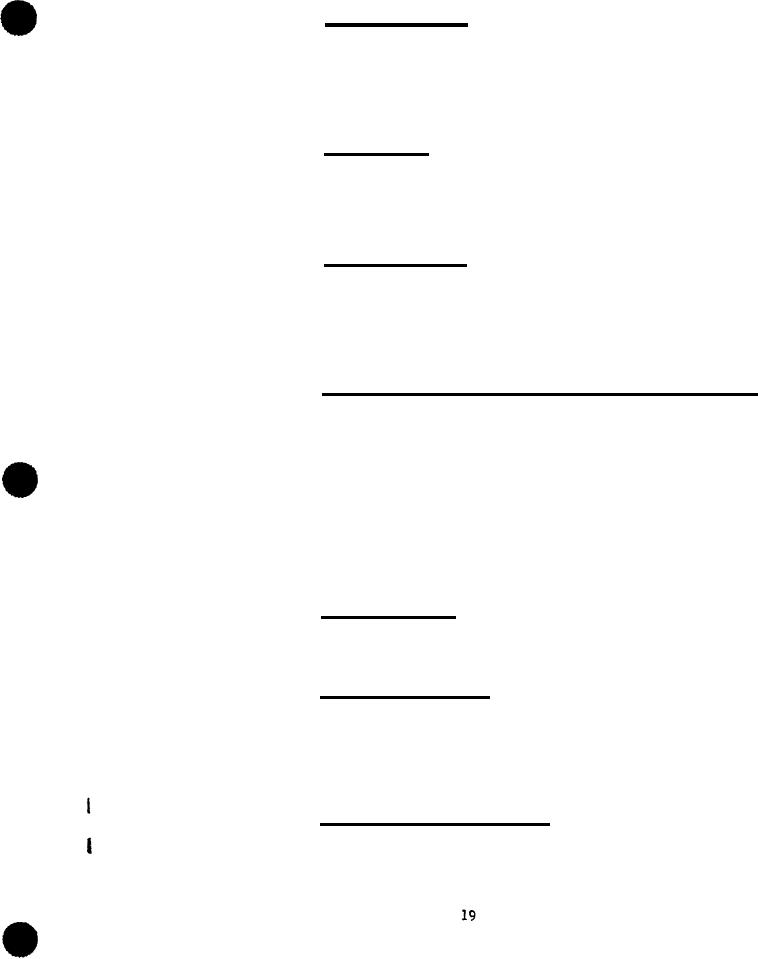 |
|||
|
Page Title:
Emergency system design for utility system requirements |
|
||
| ||||||||||
|
|  MIL-H-8891A
Subsystem pressure - Subsystems which use a pressure
3.7.5
lower than the full system pressure shall be designed to withstand and
operate under the full pressure or shall have an adequate relief valve
installed downstream of the pressure reducing valve if the full pressure
would be detrimental or dangerous. This relief valve may be incorporated
into the same housing as the pressure reducer, provided that the relief
valve mechanism is independent of the mechanism of the pressure reducer.
,
Power sources - Vehicle primary flight-control
3.7.6
hydraulic systems shall have engine-driven pumps as their source of power,
unless sufficient justification-exists for using other power sources-and
is specifically approved by the procuring activity. Helicopter primary
flight-control systems shall have transmission-driven pumps as a source
of power so that power will be available during auto rotation.
System temperature -The hydraulic flight control
3.7.7
actuators shall provide the required actuation rates under minimum and
maximum in-flight fluid and ambient temperatures, The flight critical
components shall not bind or jam under any combination of in-flight fluid
and ambient conditions including single failures, such as relief valves,
worn pumps, failed valves and other heat generating failures. The effects
of differential fluid temperature in tandem units shall also be demonstrated.
Emergency system design for utility system requirements
3.8
Types - Where emergency devices are required in
3.8.1
hydraulic systems, the emergency systems shall be completely independent
of the main system up to, but no necessarily including, the shuttle valve,
the actuating cylinder, or motor. The system shall be so designed that
failure of an actuator in one subsystem shall not prevent the operation
of or cause the failure of both normal and emergency actuation of another
subsystem. These emergency systems shall utilize hydraulic fluid, com-
pressed gas, ges-generating devices, direct mechanical connection? or
gravity. Mechanical connections may include electromechanical" units.
Use of other types of emergency systems shall require specific approval
of the procuring activity.
3.8.2
High-lift devices - Where safe operational landings
cannot be accomplished without the use of hydraulically operated high-
lift devices, they shall be powered by two independent hydraulic systems
or be provided with a suitable emergency system.
3.8.3
Emergency-line venting - The emergency line from the
shuttle valves shall be vented to the reservoir or to a low-pressure non-
surging return line when the emergency system is not in use, except as
authorized by the procuring activity. When shuttle valve leakage is not
critical, the line may be vented to the atmosphere. After use of a com-
pressed-gas emergency system, the system shall be bled directly to the
atmosphere rather than to the reservoir.
3.9
Component design requirements - All components used
in the system shall conform to MIL-H-8890 and applicable detail specifica-
tions.
|
|
Privacy Statement - Press Release - Copyright Information. - Contact Us |